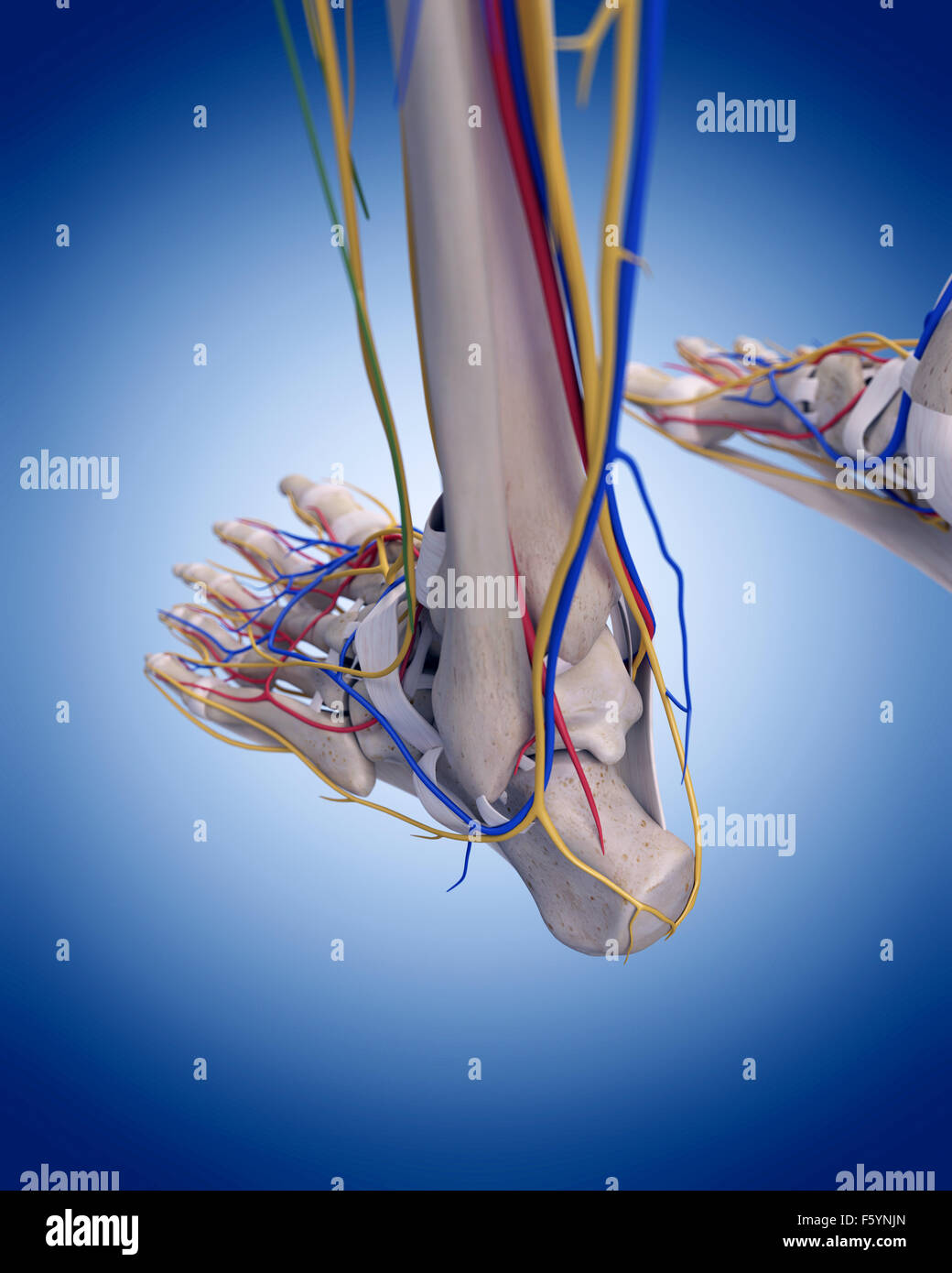


This means it is inversely proportional : As one feature grows, another shrinks in size or impact. As the distance that can resolve two toothpicks shrinks, the brain area gets bigger. As a general rule, if a body part detects a very small difference between two points, the area devoted to that body part on the homunculus is correspondingly huge. But your back can’t make this two-point discrimination even when the toothpicks are relatively far apart.Īt this point, many high school and college classes might do some math to figure out how “big” their hand should look on their homunculus. Stop when you only felt one poke instead of two and record the distance between the toothpicks.Īs you measure different body parts, you will quickly realize that your palm can distinguish two points even when they are very close together. Now do the same thing on other areas of the body. Do you still feel two toothpicks? Keep doing this until the pair feel like just one toothpick. Can you feel both toothpicks - or just one? Have the friend touch you again, this time with the toothpicks closer together. Start by putting them far apart, maybe 60 millimeters (2.4 inches) apart, on your arm. All you need is a friend to place two toothpicks on various parts of the body. In this format people look like odd puppets, with huge and sensitive hands and tongues and tiny insensitive torsos and legs.Īnyone can make a homunculus of their personal touch sensitivity. When presented as a model of a person, or cortical homunculus, each body part is scaled to the brain real estate that responds to it. Many times, scientists represent the map of a physical system on a human figure called a homunculus (Ho-MUN-keh-lus). The areas responsive to the toes are next to those for the genitals. Brain areas that process touch from the thumb lie right next to those for the eye. Presented as a map on the brain, as pictured at right, it looks like a jumble of body parts laid over the cortex - the outermost layer of the brain closest to the skull. These brain areas have been mapped by many scientists and portrayed as a visual map. So the area of your brain devoted to sensing fur on your fingertips is much larger than that responsible for sensing a bug on your leg. Having lots of nerve endings and a great sensitivity requires that the brain reserve more space to process all of the information arriving from that region’s nerves. Our fingers’ high degree of sensitivity makes us able to tackle many delicate tasks, from rapid texting to surgery. They have more nerve endings than your arm or back. Your fingertips are far more sensitive to touch.

When you want to get a good sense of how soft something is, such as a cat’s fur, you touch it with your fingers, not your arm or the back of your hand. She presented information on the new website November 16 at the Society for Neuroscience Meeting. That’s the area of our brain that responds to our sense of touch. Corlew came up with the idea for mapping our touch sensitivity as a way to teach students about their somatosensory cortex. She’s a neuroscientist at the Max Planck Institute for Neuroscience in Jupiter, Fla. Mapping how well different parts of the body respond to touch “is an easy way to get people excited about science and thinking critically,” says Rebekah Corlew. All you need is a friend, some toothpicks, a pen, paper and glue. An educational website now makes learning about these sensory systems and the brain easy. Different parts of the brain respond to the touch sensations of our fingers, arms, legs and other body parts. WASHINGTON – Our fingertips are very sensitive to touch, much more than are our arms or legs.


 0 kommentar(er)
0 kommentar(er)
